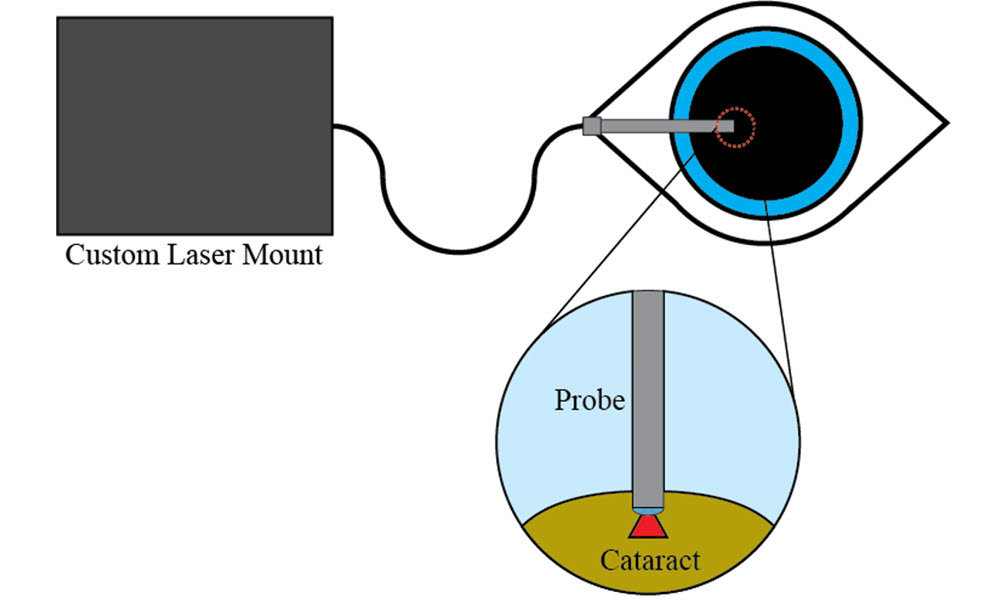
Cataracts remain one of the leading causes of blindness around the world, especially in countries where access to advanced medical equipment is limited. Standard treatment involves a technique called phacoemulsification, which uses ultrasound or laser energy to break up and remove the cloudy lens in the eye. While modern laser-based versions of this surgery can improve healing and accuracy, they rely on expensive equipment that is out of reach for many low- and middle-income countries. This leaves patients in these regions with few options, often resulting in longer recovery times and poorer outcomes.
As reported in Biophotonics Discovery, a research team from the University of South Florida has introduced a new approach that could help address this gap in global eye care. In a recent study, the team demonstrated a method for removing cataracts using a low-cost, millisecond-pulsed laser system built from commercially available diode lasers. Unlike the high-powered femtosecond lasers typically used in wealthier healthcare systems, this system is far more affordable and compact.
Using both computer models and physical tests on tissue-mimicking materials, the researchers showed that their laser technique can effectively liquefy cataract-like material without damaging surrounding tissue. The heating effect of the laser is tightly controlled and limited to the point of contact, reducing the risk of unintended harm.
Mitchell Harrah, a PhD candidate and lead author on the study, explains that the system uses pulses of near-infrared light delivered through a custom-built surgical probe. Their experiments suggest that this design could be a practical alternative to traditional laser phacoemulsification in settings where high-tech equipment is not available.
If further validated in clinical settings, this technology could significantly reduce the cost and complexity of cataract surgery. That would help bring sight-saving treatment to millions of people who currently lack access—especially in rural areas or low-income countries where the burden of cataracts is growing rapidly with aging populations.
The team hopes this proof-of-concept study will pave the way for clinical testing and broader adoption of the technique in the coming years.
For details, see the original Gold Open Access article by M. Harrah et al., “Low-cost optical system for laser phacoemulsification of cataracts,” Biophotonics Discovery 2(2), 022304, doi: 10.1117/1.BIOS.2.2.022304